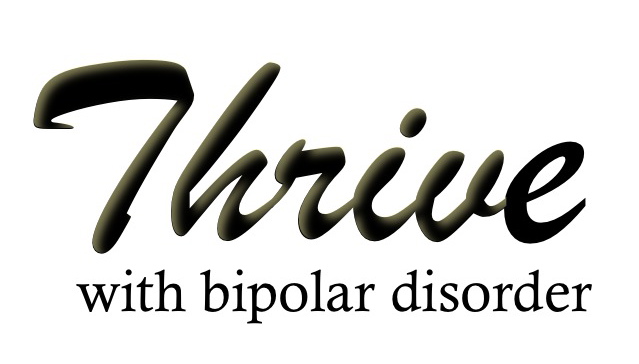In my years of helping people develop their ability to thrive with bipolar disorder, I have heard horror stories about interventions that were done on them. As a therapist, I help teach people loving ways for doing interventions.
Out of love and desperation, people often do some very hurtful things to get someone to get help.
INTERVENTIONS GONE WRONG: Words that hurt someone you love when trying to get them help.
“Something is wrong with you.”
“You scare me.”
“I am ashamed of you.”
“You embarrass me.”
“You are crazy.”
“You are bad.”
“I don’t believe you.”
“You are bipolar.”
It does not matter what words follow after these sentences. The damage has already been done.
It is highly unlikely that a person will want to seek help, when the person trying to help them is hurting them.
Loving ways to do an intervention:
- Use “I” Statements.
- Focus on specific behaviors that you are concerned about.
- Asking your loved one to receive help.
“I” Statements:
“I am concerned that…”
“It hurts me when…”
“I get scared when…”
“When this (behavior) happens, I feel…”
“I don’t know what to do when…”
These types of “I” statements are effective because:
- They do not blame or shame.
- They do not judge a person.
- They do not label a person.
- The person sharing these statements is expressing how something affects them…they are owning it.
Focusing on specific behaviors: (that are not normal for the person)
Examples:
“When you don’t sleep at night, I fear that…”
“You’ve been speaking so fast lately that I can’t understand you.”
“The way you drove today, really scared me. I felt we were going to get into a bad car accident.”
“When you purchased _________ on a whim, I didn’t feel we could afford it and I don’t know what to do about that.”
“Your emotions have been so powerful lately. It scares me and I don’t know how to respond.”
“You haven’t stopped working on ___________ (goal) in four days. You haven’t eaten, showered, changed clothes, slept or left the house. This is not how you normally are. I am concerned.”
What makes it effective:
- You are separating the person from the problem = not shaming, blaming and judging your loved one.
- You are expressing your response to their behavior without labeling or diagnosing the behavior.
- Your concern is NOT that there is something wrong with your loved one, but that their behavior is significantly different from how they usually are.
- You bring awareness to the behavior.
Asking your loved one to receive help
The goal here is to:
- Not make yourself an expert or “know-it-all”. You do not want your loved one to have to defend their behavior. Therefore, you acknowledge that you don’t know what it’s like to experience what they are experiencing. (Unless you too are living with bipolar disorder…then it is different.)
- Acknowledge that you believe that their behavior could be beyond their control; therefore, it is worthy of receiving help and not a reflection of who they are.
- Ask them if they are willing to receive help. If their behaviors do not put them at harm to themselves and others, it is best to willingly choose to receive help.
Example:
“I don’t know what it is like for you to not be able to sleep and to have such powerful emotions (or whatever behaviors you are noticing), but it appears that what is happening may be beyond your control. Are you willing to receive help?”
When to have a professional intervention
If you are not able to communicate with your loved one in a structured and constructive way, it may be a good option to have a therapist or specialist participate in the intervention to structure and guide the communication process.
However the role of the interventionist is not to diagnose your loved one, their role is simply to contain and structure the communication so that your loved one can have an opportunity to choose to receive help.



